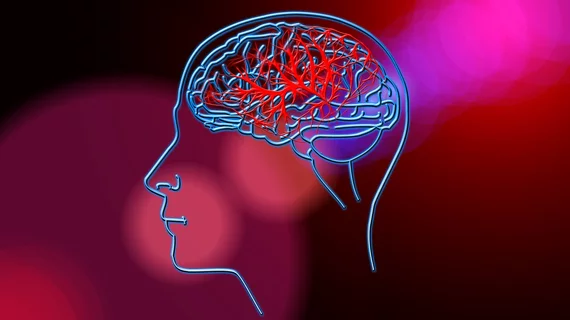Deep learning application spots acute ischemic stroke in less than 30 seconds on MRI
New research details how a deep learning application is able to detect acute ischemic stroke (AIS) on MRI in less time and with fewer sequences than many current protocols.
According to the new work published in Academic Radiology, the application (Neuro Triage Application, version 1.2.5, Siemens Healthineers) identified AIS on MRI in as little as 24 seconds. What’s more, the application’s performance was accurate, even without the addition of T2-weighted imaging (T2WI).
In emergency settings where seconds matter, especially in stroke care, the ability to quickly identify abnormalities is crucial, authors of the study said.
“Several deep learning algorithms have been explored with MRI for a variety of clinical indications, without a specific focus on emergency clinical settings,” corresponding author Se Won Oh, MD, PhD, from the department of radiology at Eunpyeong St. Mary's Hospital in Seoul, Korea, and co-authors explained. “Considering the unique challenges of the emergency room, in which medical personnel have to handle a wide spectrum of patient conditions while making rapid decisions, it is crucial to assess the effectiveness of AI applications in ER cases specifically.”
For the study, the team analyzed brain MRIs conducted in an ED from March to October of 2021. The scans included diffusion-weighted imaging (DWI) and fluid-attenuated inversion recovery (FLAIR) sequences and, when available, the team also assessed the effect of T2WI sequences on accuracy and processing times. A total of 947 scans were processed with the application.
The application yielded a sensitivity of 90%, specificity of 89%, accuracy of 89% and AUROC of 0.95. In the exams that included T2WI, detection did not significantly improve, and processing times doubled to 48 seconds, prompting the authors to suggest that T2WI may be unnecessary in ED stroke protocols for MRI.
“The addition of T2WI to DWI and FLAIR does not provide any advantage when the [deep learning application] is employed to detect AIS. Given that the golden hour for stroke intervention is within 180 to 270 minutes, our findings suggest that T2WI can be omitted to shorten the detection time for AIS,” the group suggested, adding that even though the additional 24 seconds may seem like an insignificant amount of time, any delays in stroke care “cannot be overlooked or regarded as minor.”
Learn more about the research here.

